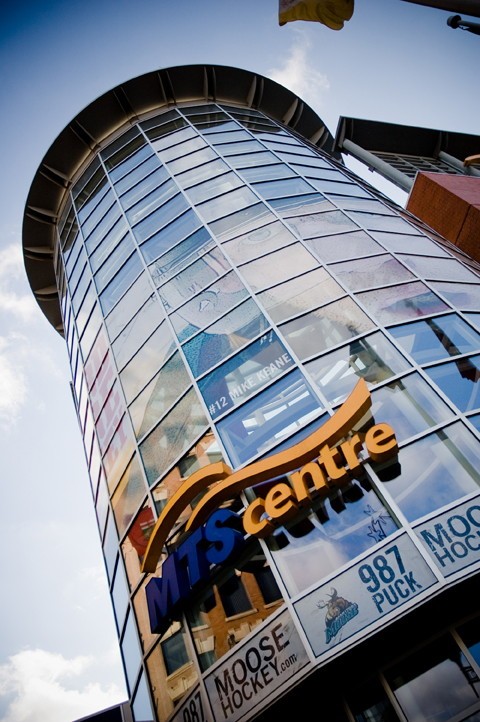The MTS Centre has not revitalized downtown
People need reasons to stay in the area beyond a few hours of music
You might have noticed a glossy brochure in the Winnipeg Free Press recently promoting the success of the MTS Centre during the five years it has been in operation.
It is no question that it has been a success, especially in attracting top-notch rock groups, as well as specialty groups such as Cirque du Soleil, which would never have come to Winnipeg otherwise.
However, I still remember when the Eaton’s building was to be destroyed to make way for the MTS Centre. Opposition to the destruction of the building gave rise to the “Save the Eaton’s Coalition.” Both municipal and provincial government officials railed against the group, stating that if significant taxpayers’ money were put into building the MTS Centre, it would significantly revitalize the downtown.
The fact is that the MTS Centre would have been just as successful elsewhere as it is downtown. A new arena was obviously necessary, but it could have replaced the old Winnipeg Arena at the original St. James site.
The suggestion that the Eaton’s building would be empty today had the MTS Centre not been built is nonsense! Save the Eaton’s Coalition had entertained realistic plans for both retail and condominiums in that building, which would have been a step in the right direction for revitalizing the downtown, specifically by building up the business sector in the downtown and consistently bringing people to the area.
Standing outside the MTS Centre during nights that events are put on there, you see thousands of people – in their cars – attending. People eat at the MTS Centre, see the shows, then get back in their cars and get out of the downtown as quickly as possible.
Why? Because people still see the downtown as crime-ridden and full of vagrants and beggars.
The real reason that downtown revitalization has failed is urban sprawl, the lack of people living downtown (13,000 as compared to 45,000 just 15 years ago) and the closing of businesses after 6 p.m. Just look at how empty the area is after business hours.
The downtown was successful in the 1950s, ‘60s and early ‘70s when everybody went downtown to shop at The Bay and Eaton’s, the two major retail stores. Today, strip malls are everywhere in suburbia and people can do all of their shopping without ever having to go downtown.
Developments like Waverley West have created a “doughnut effect” – that is, the emptying of the centre of the city with development all around the centre.
People have left the downtown because of the lack of schools and the closure of Eaton’s, which leaves only The Bay (and, perhaps, Giant Tiger) for people to shop for food and clothing.
Just look at businesses in the downtown that are open after 6 p.m., like Second Cup on Graham Avenue. They’re packed with people. If more businesses were open after 6 p.m., there would be greater attraction for people to come downtown.
Until the provincial government takes urban sprawl seriously and establishes an urban limit line, people will continue to view the downtown as crime-ridden, businesses will stay closed and people will not want to live in the area.
But, if lots of people live in the downtown area, crime will go down, businesses will stay open and be more successful, and people will want to live and do business there.
Nick Ternette is a community and political activist, freelance writer and broadcaster.
Published in Volume 64, Number 14 of The Uniter (December 3, 2009)







